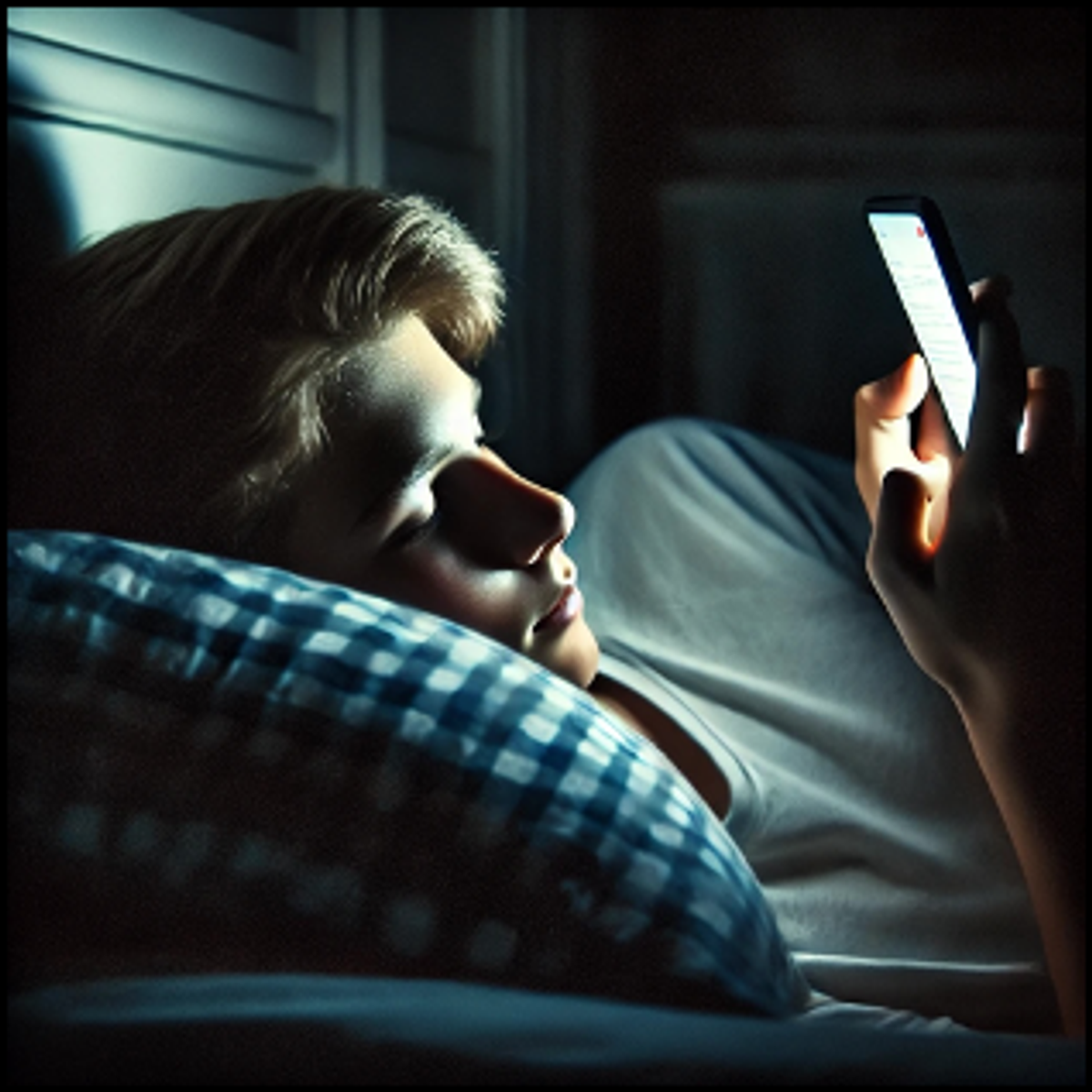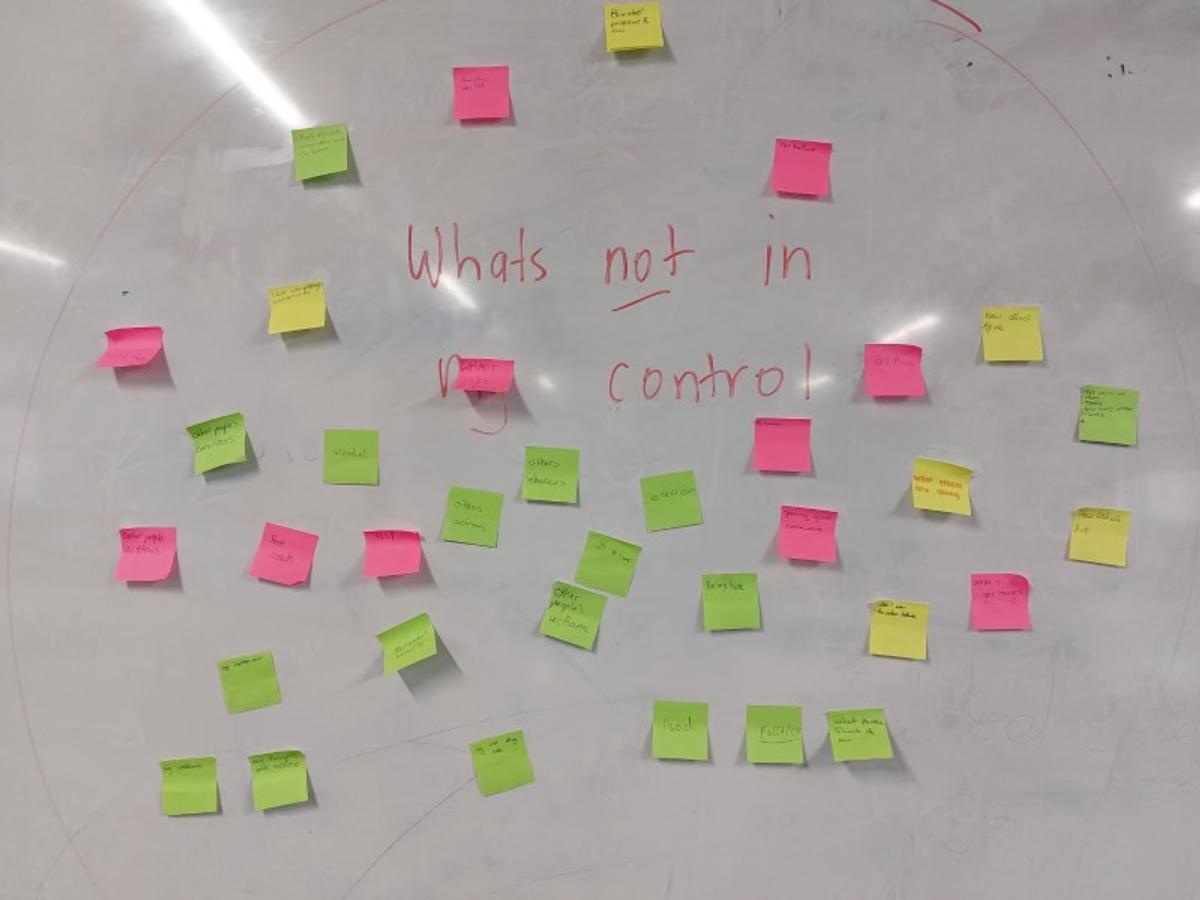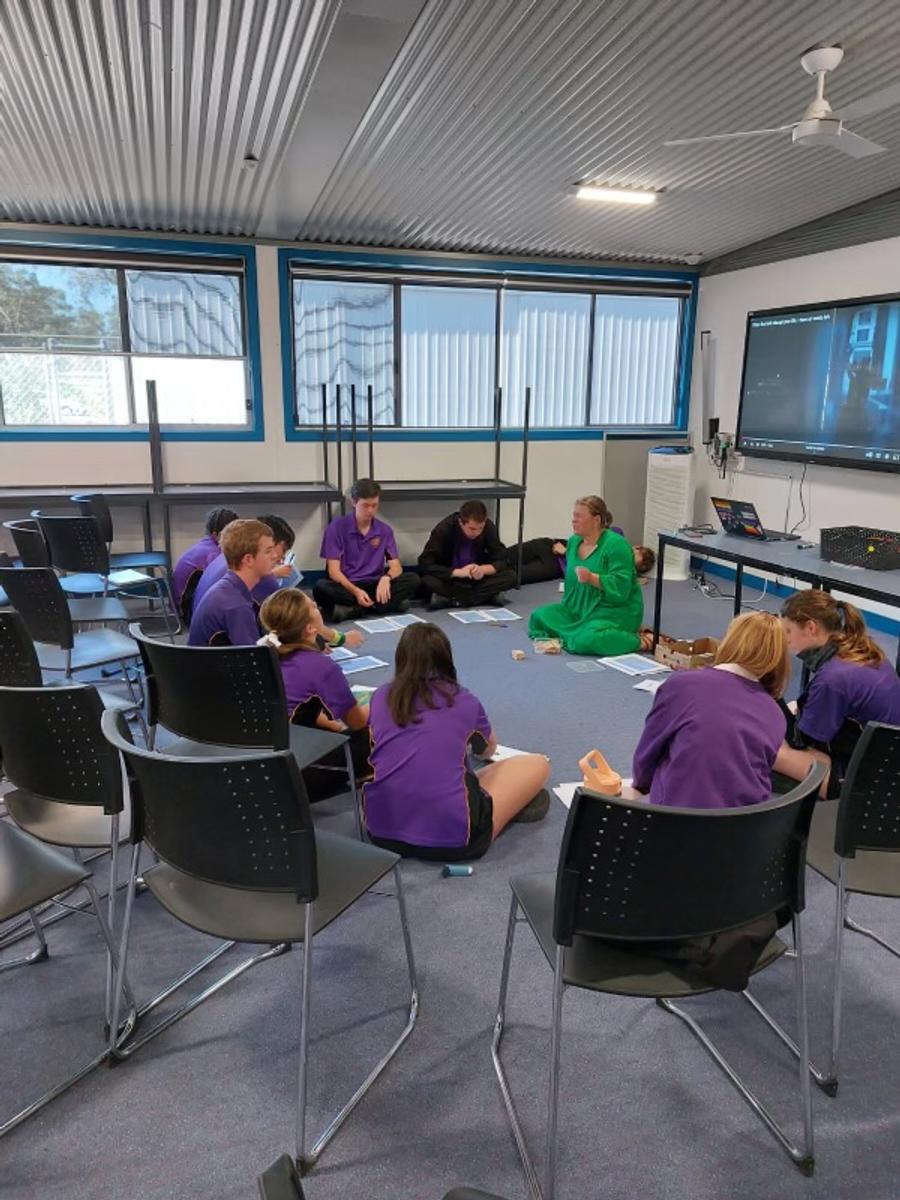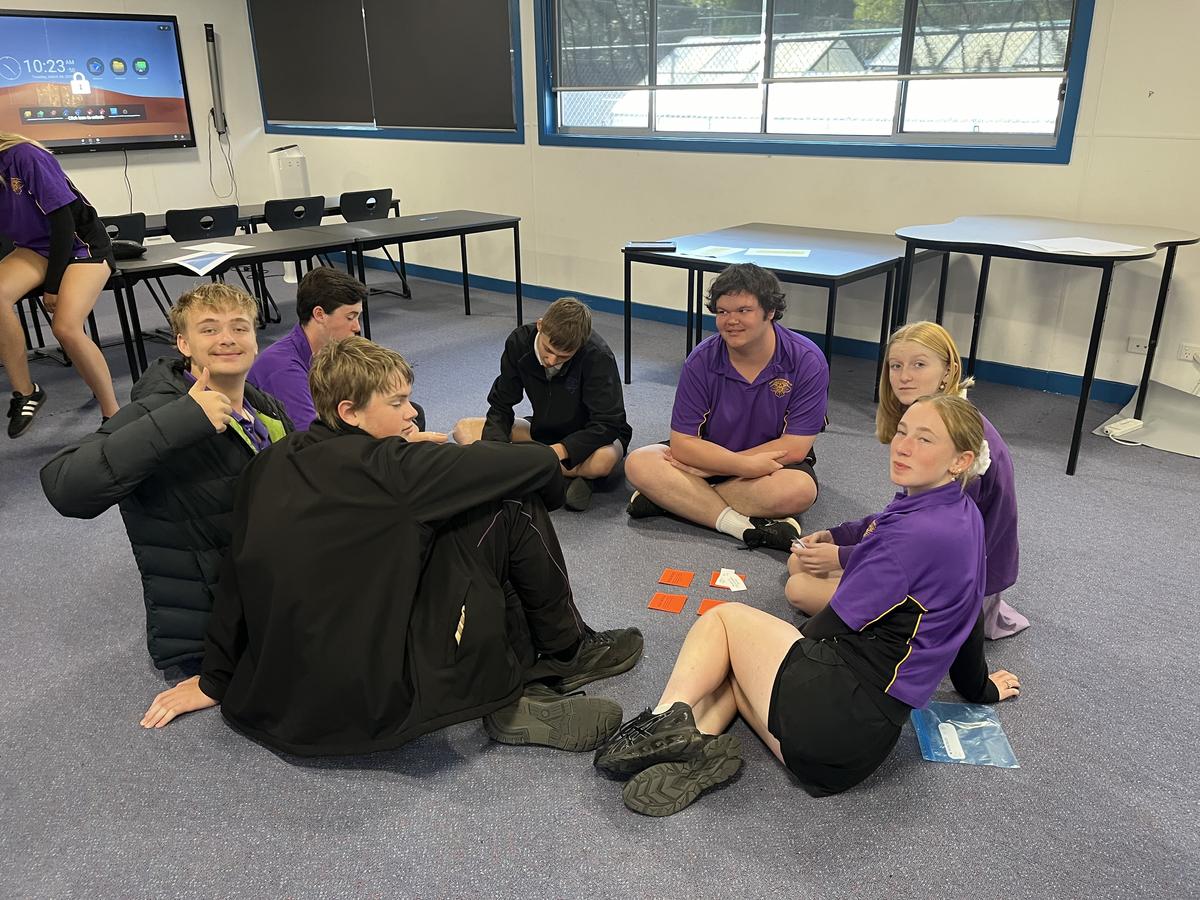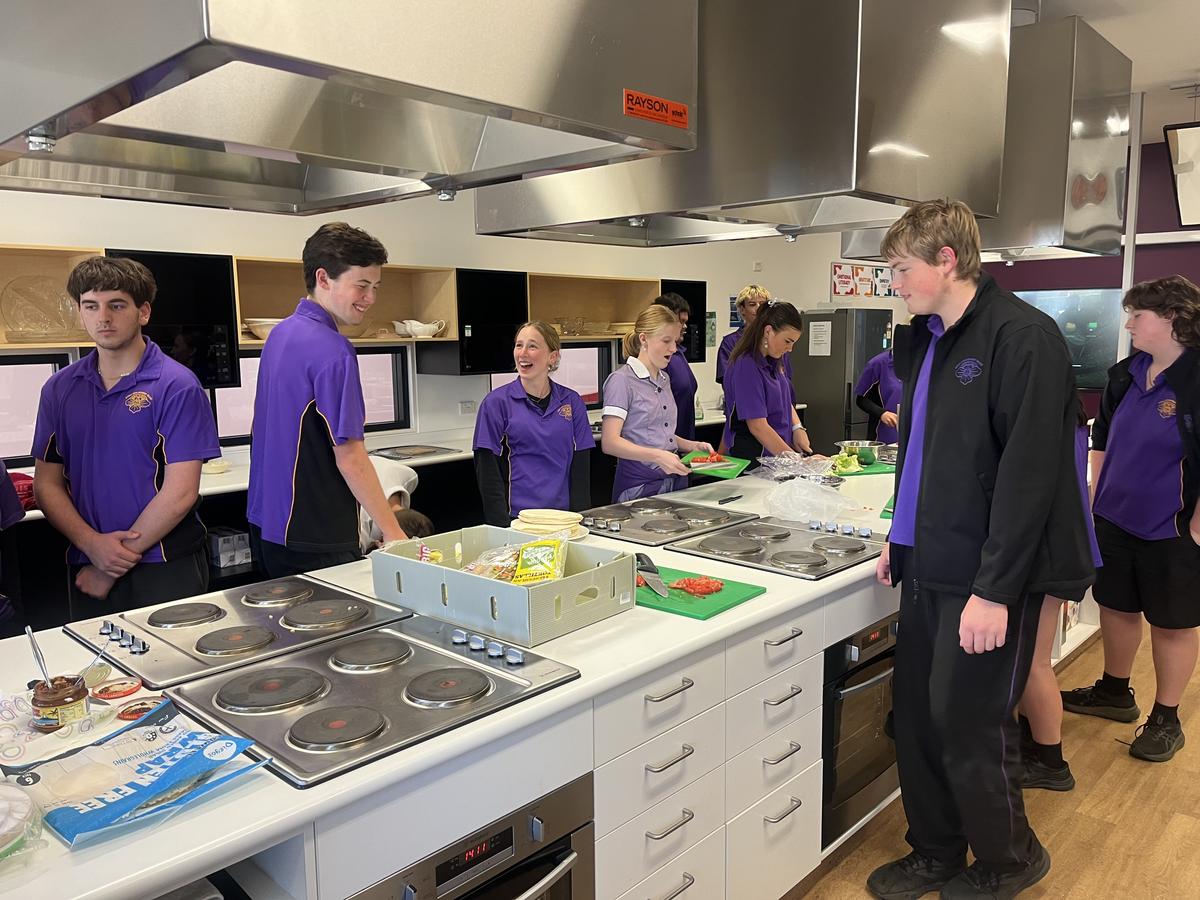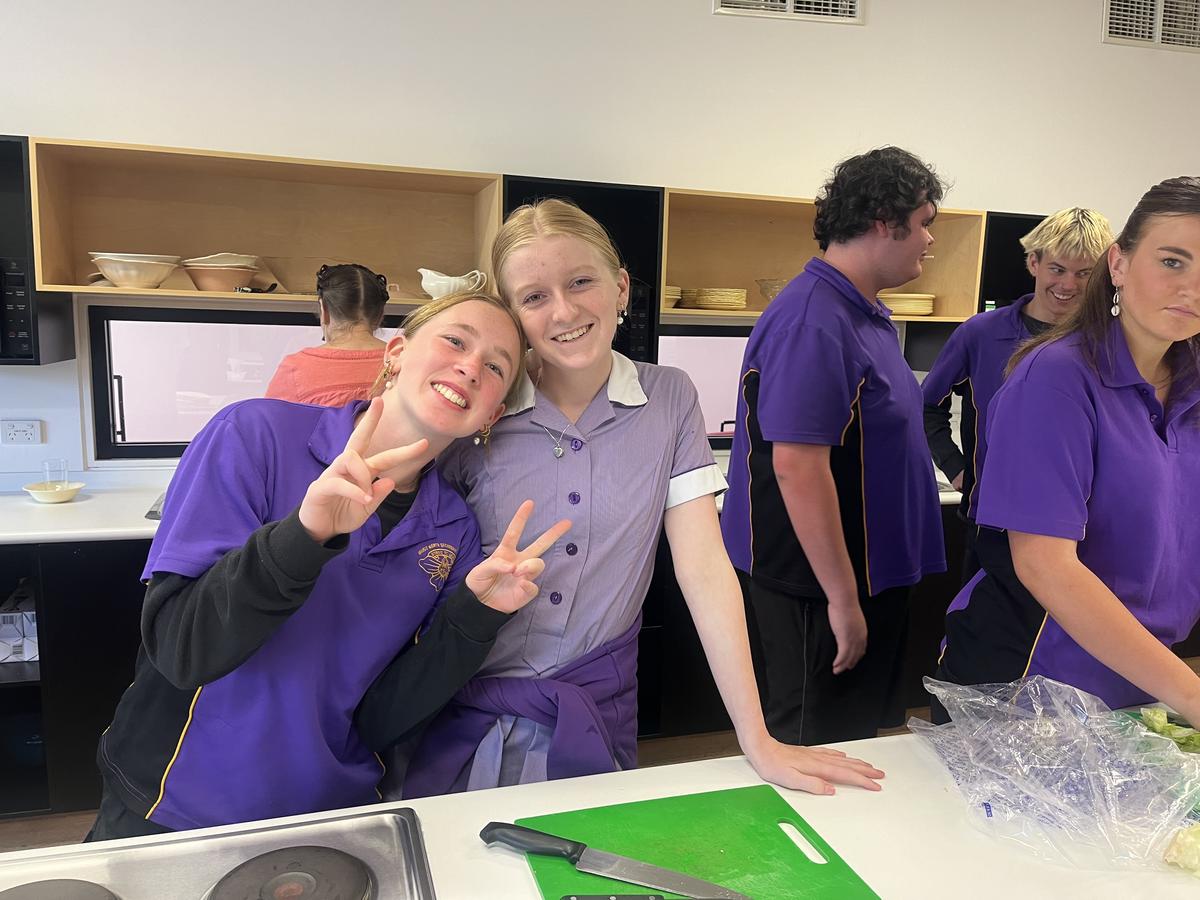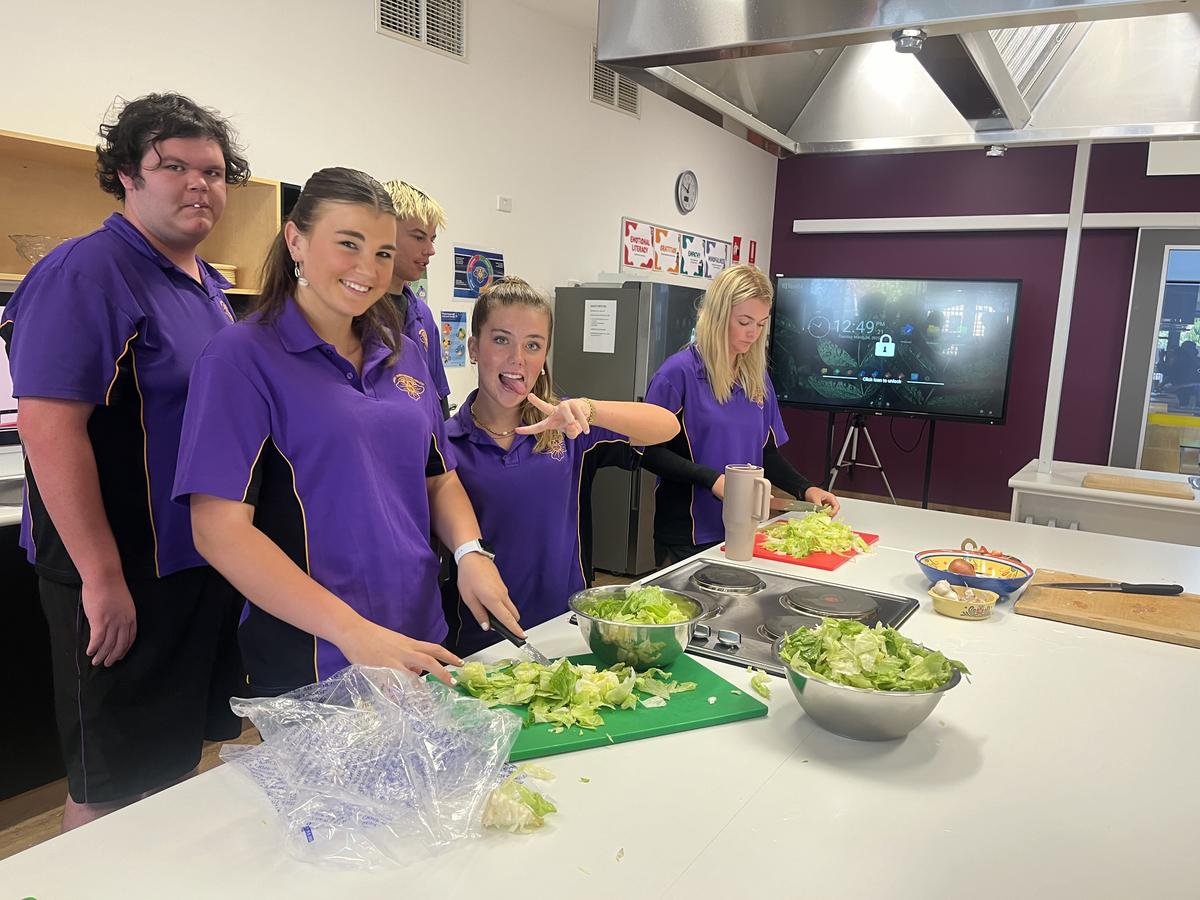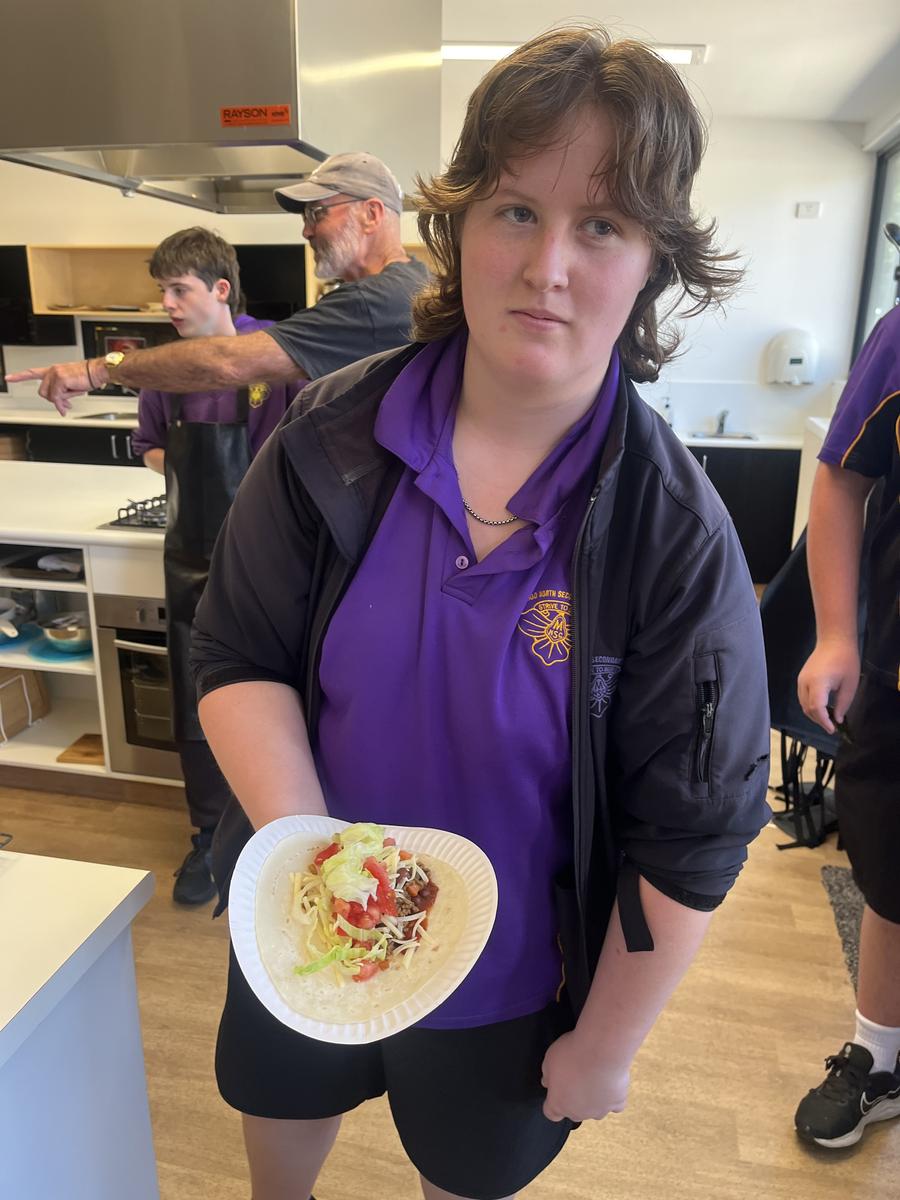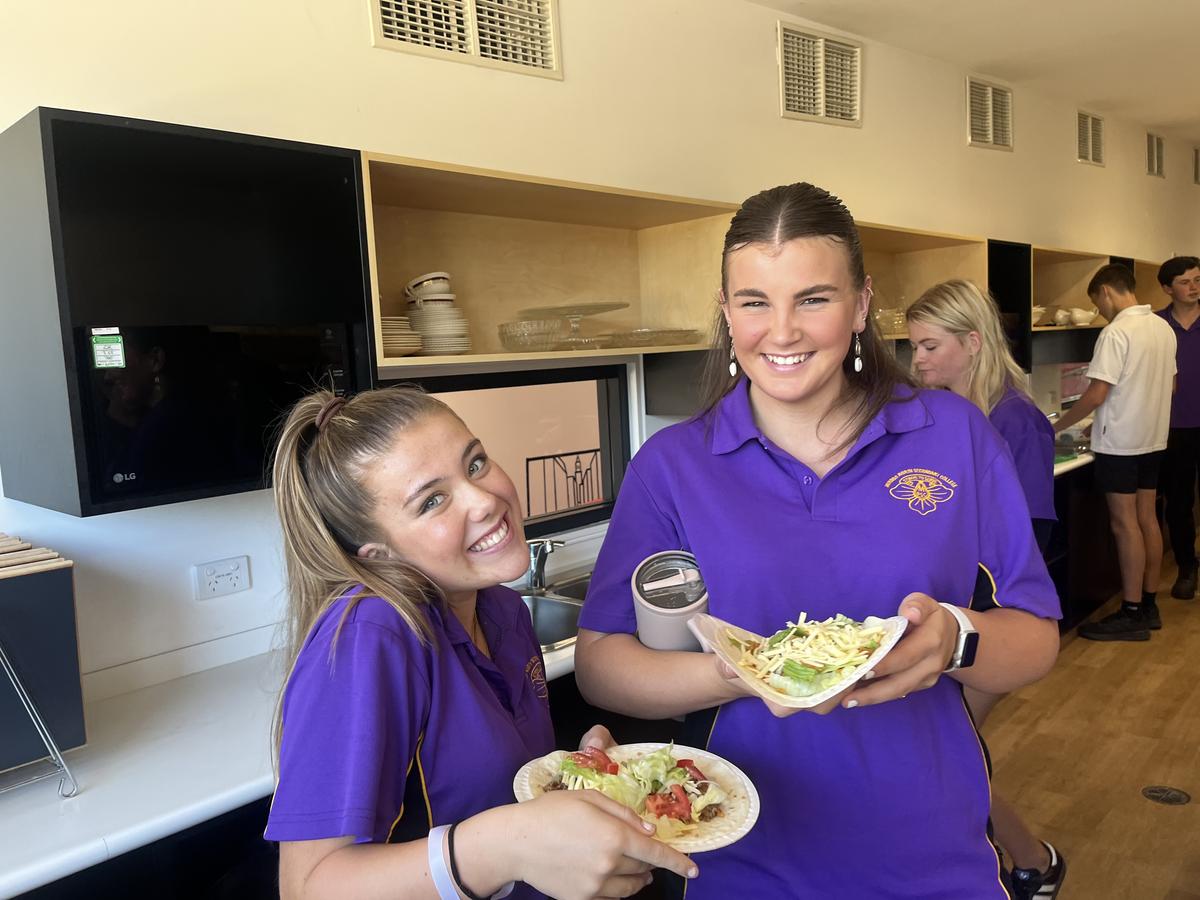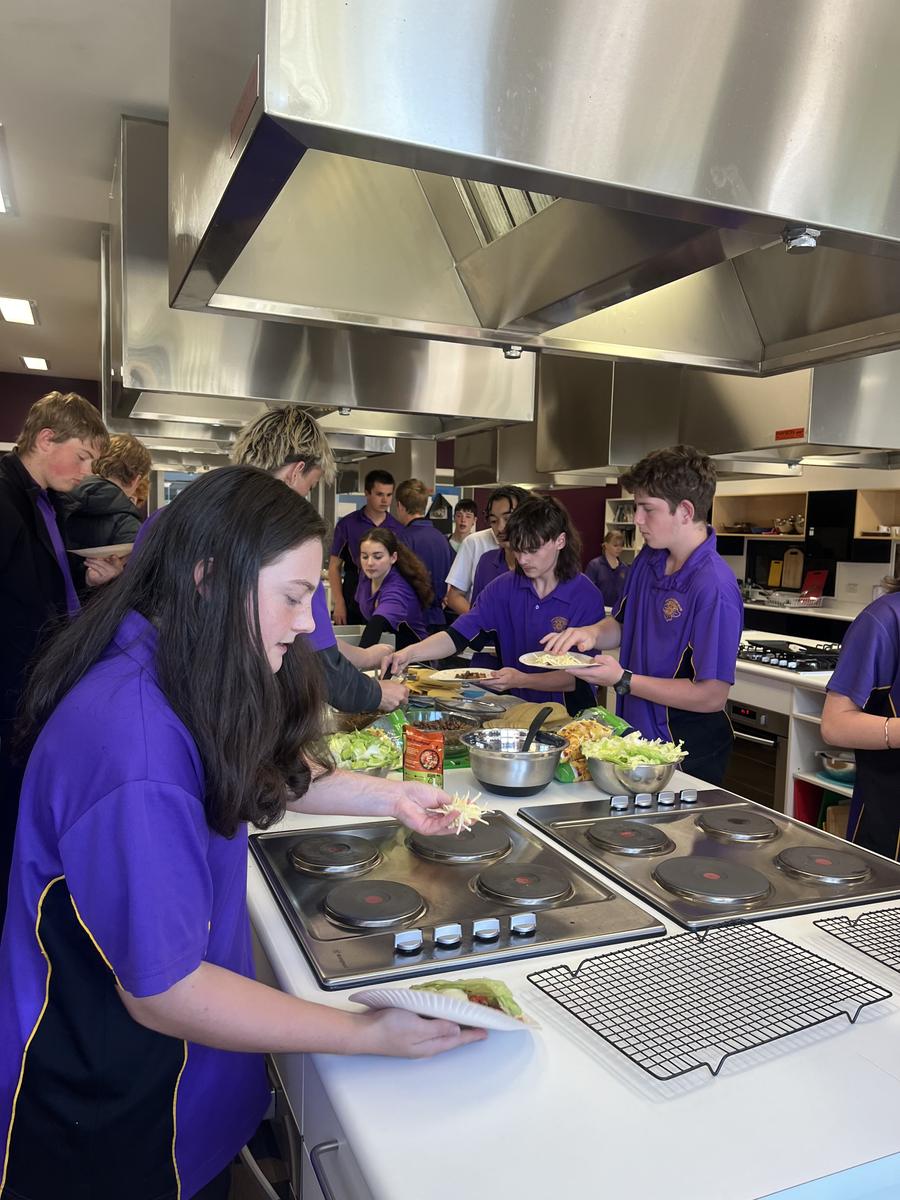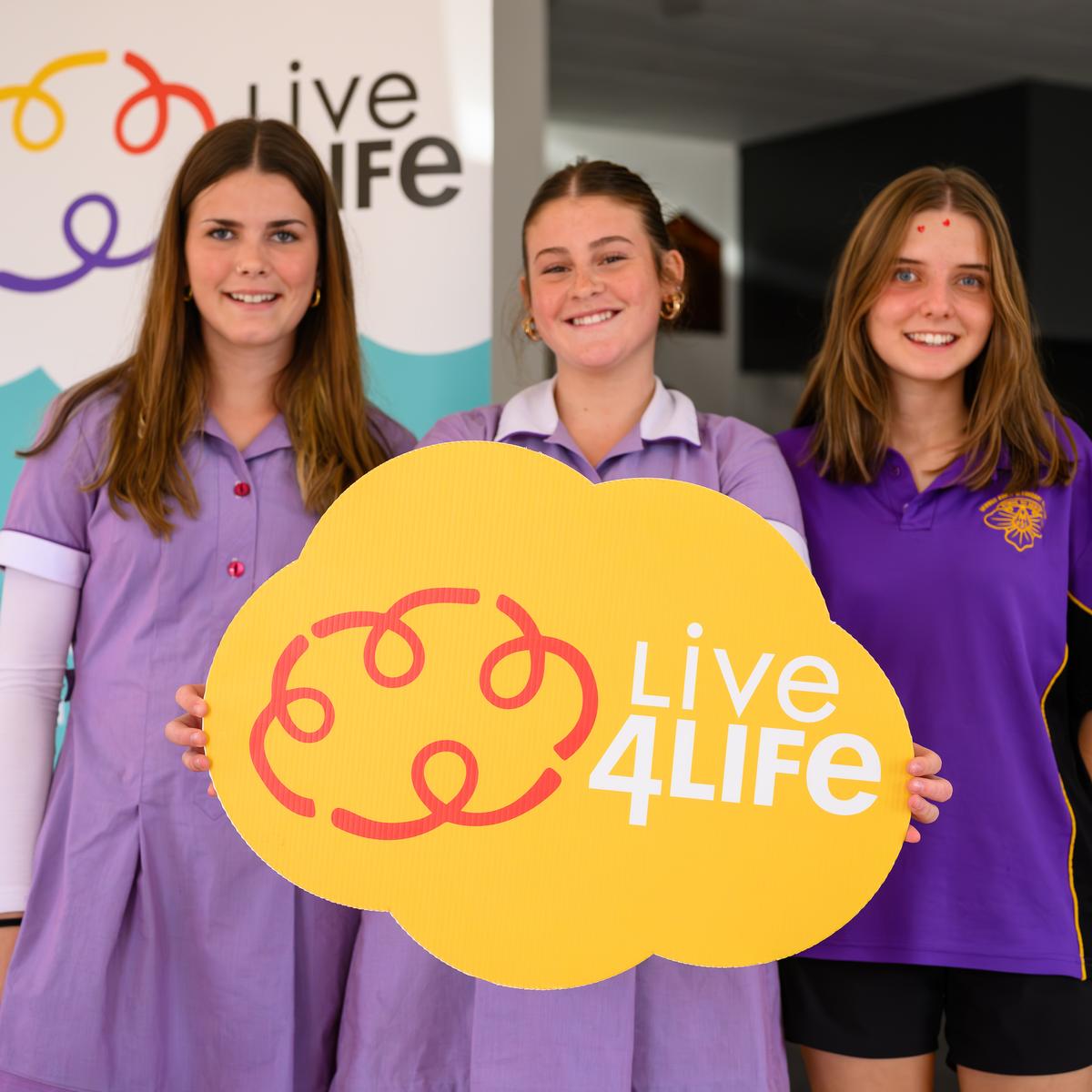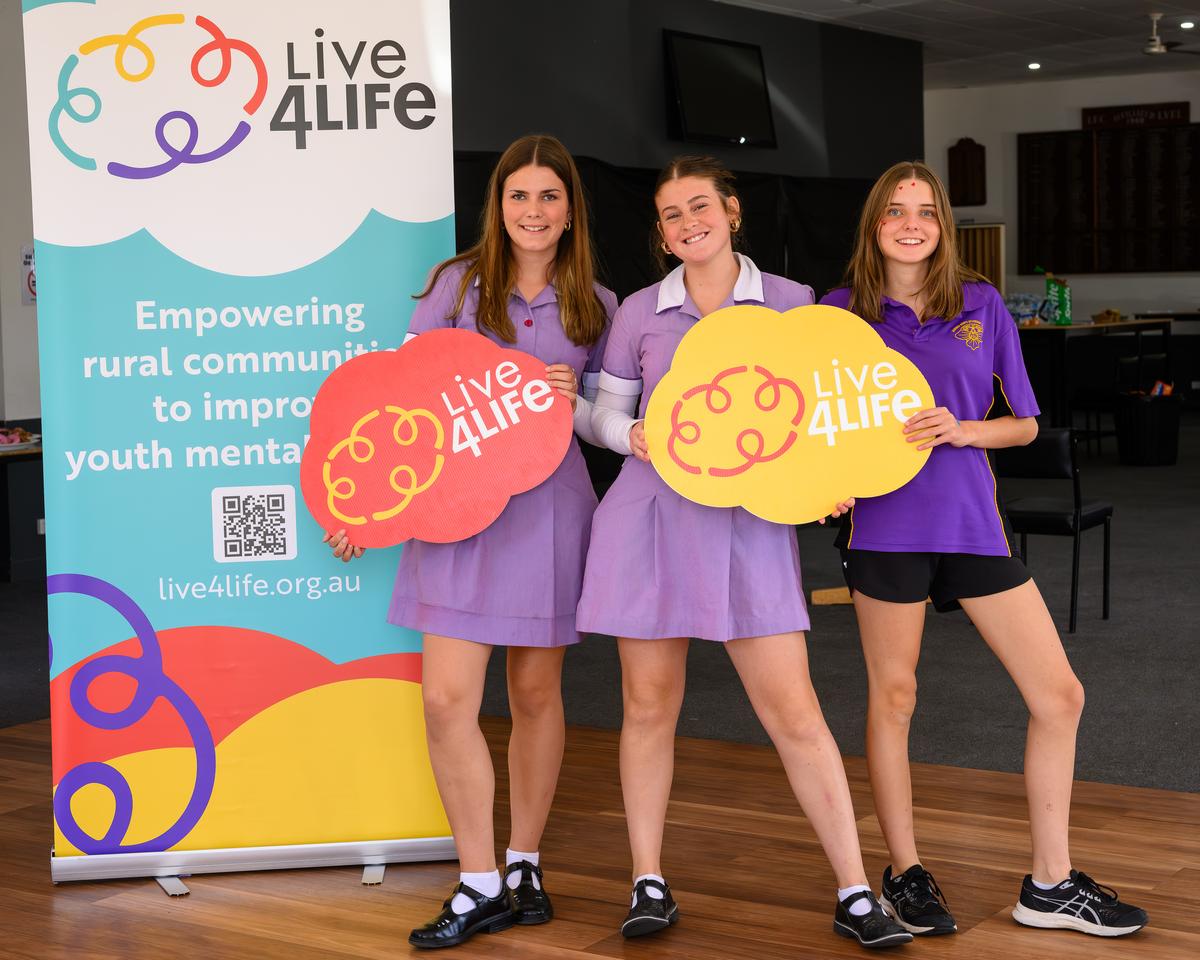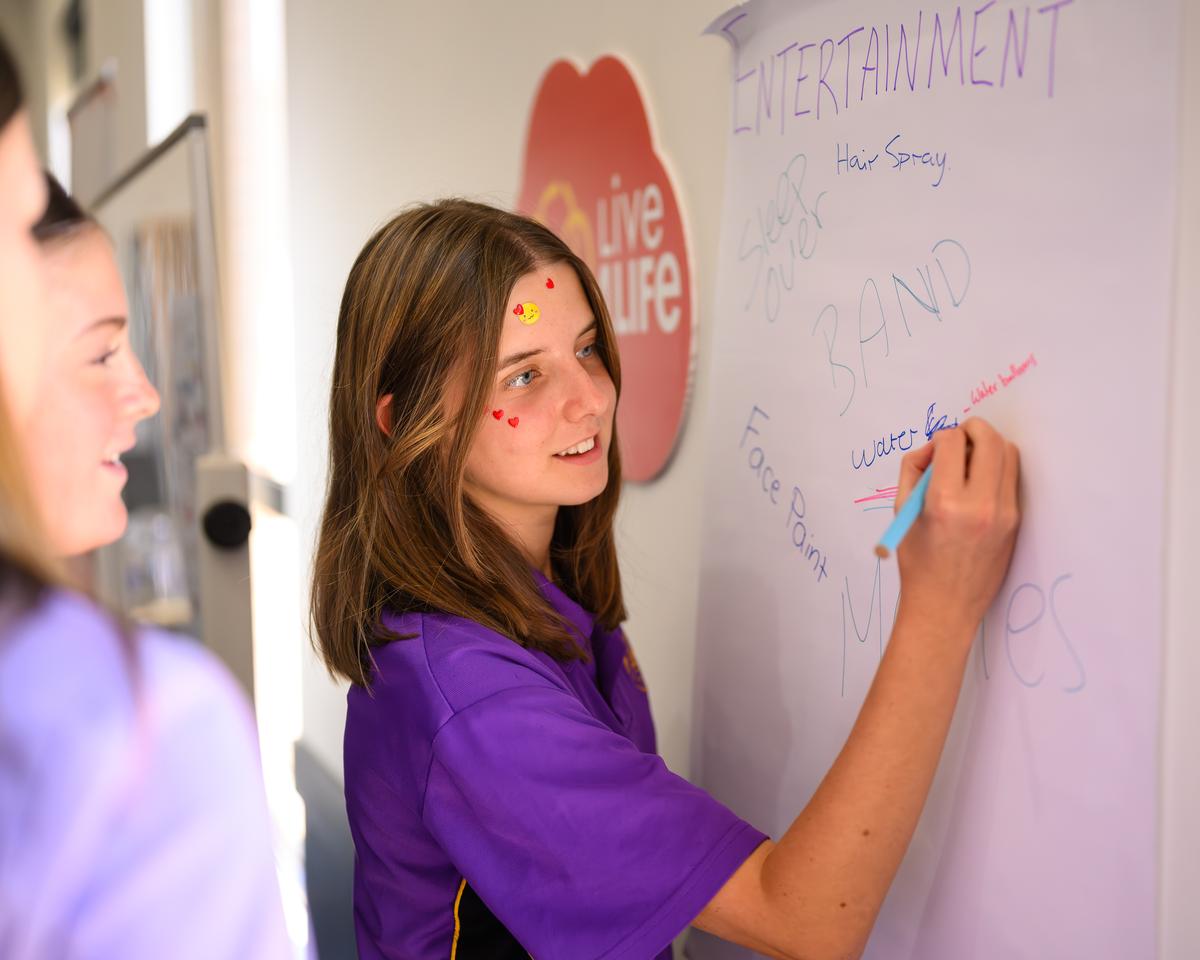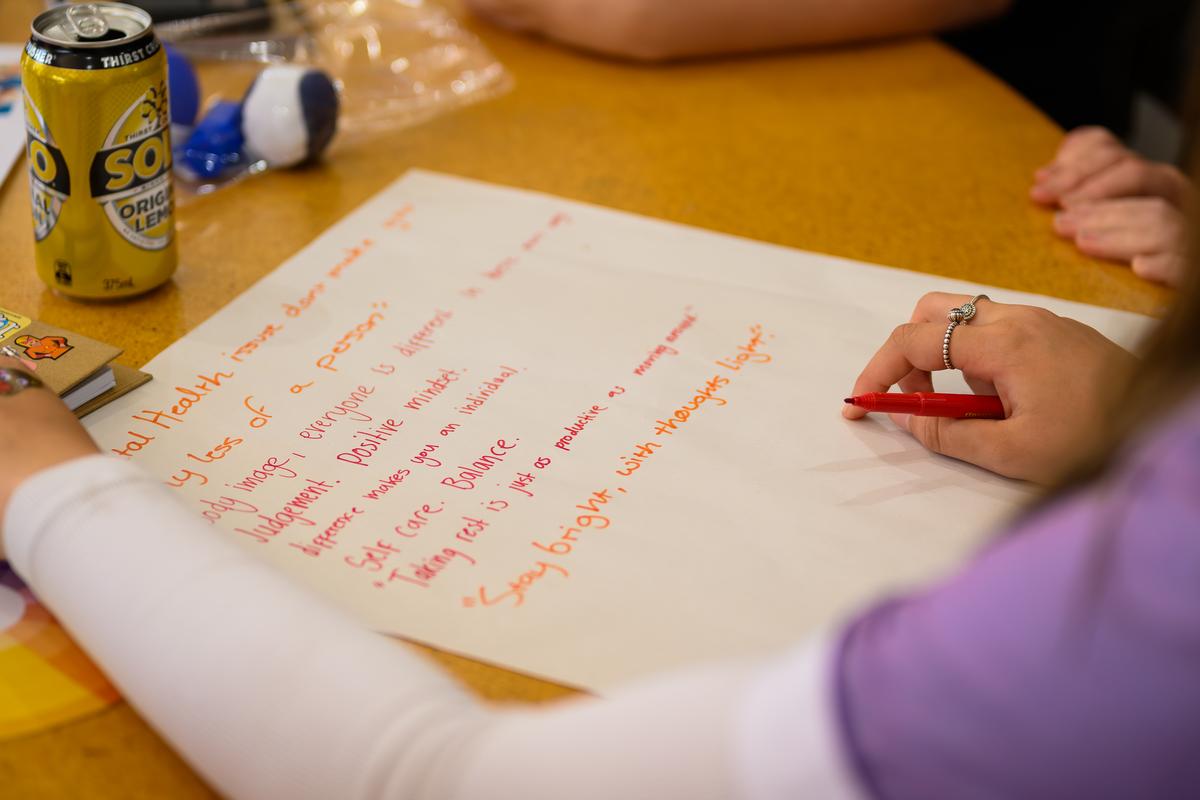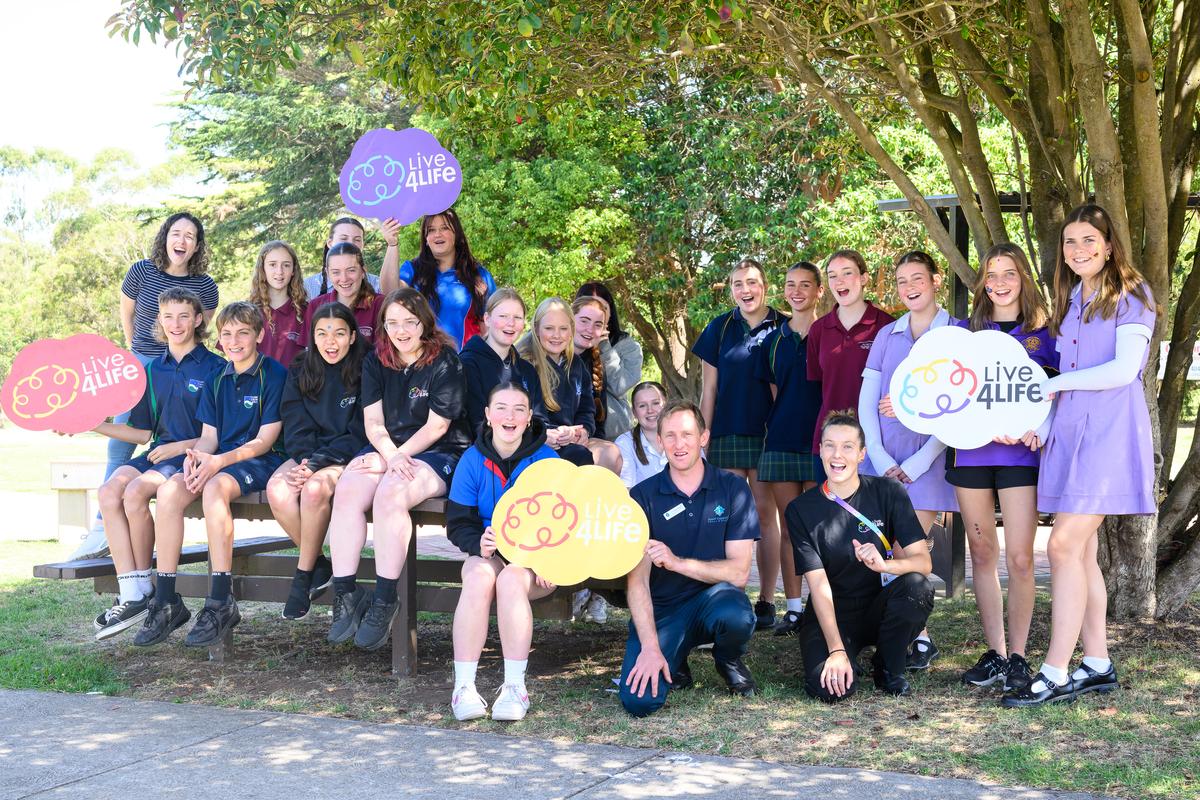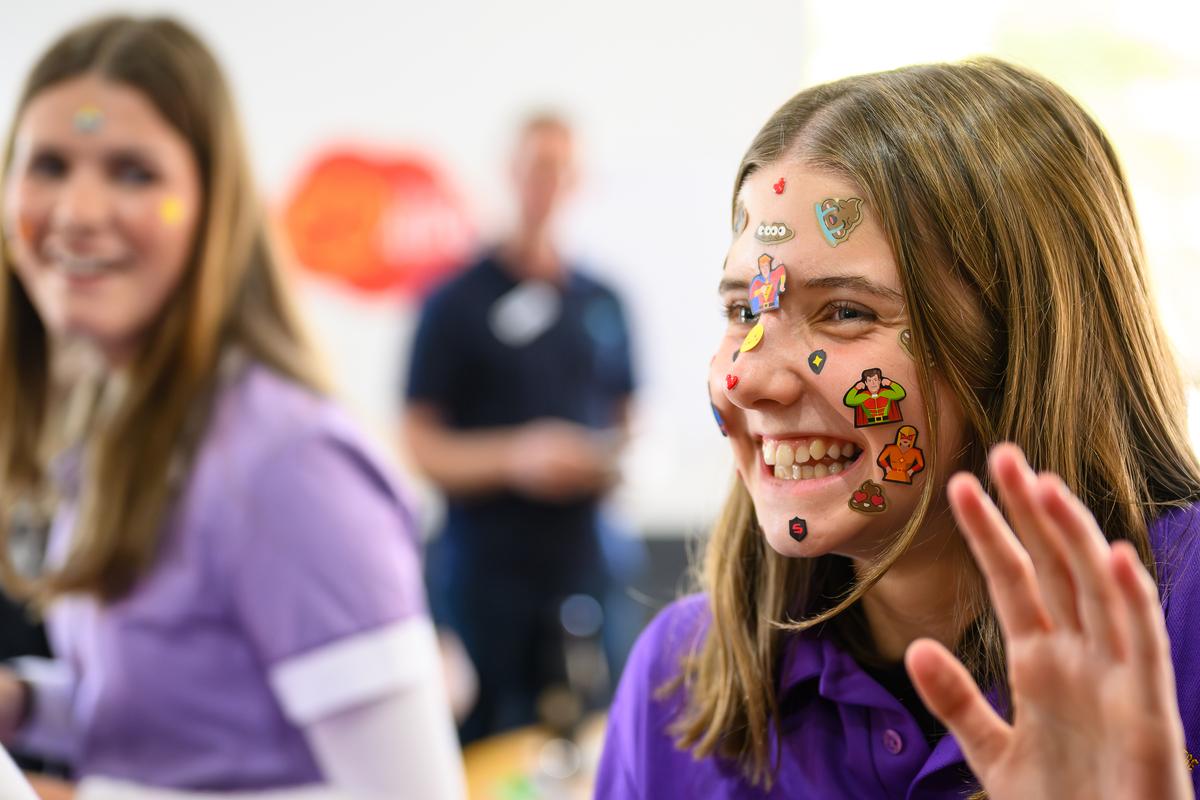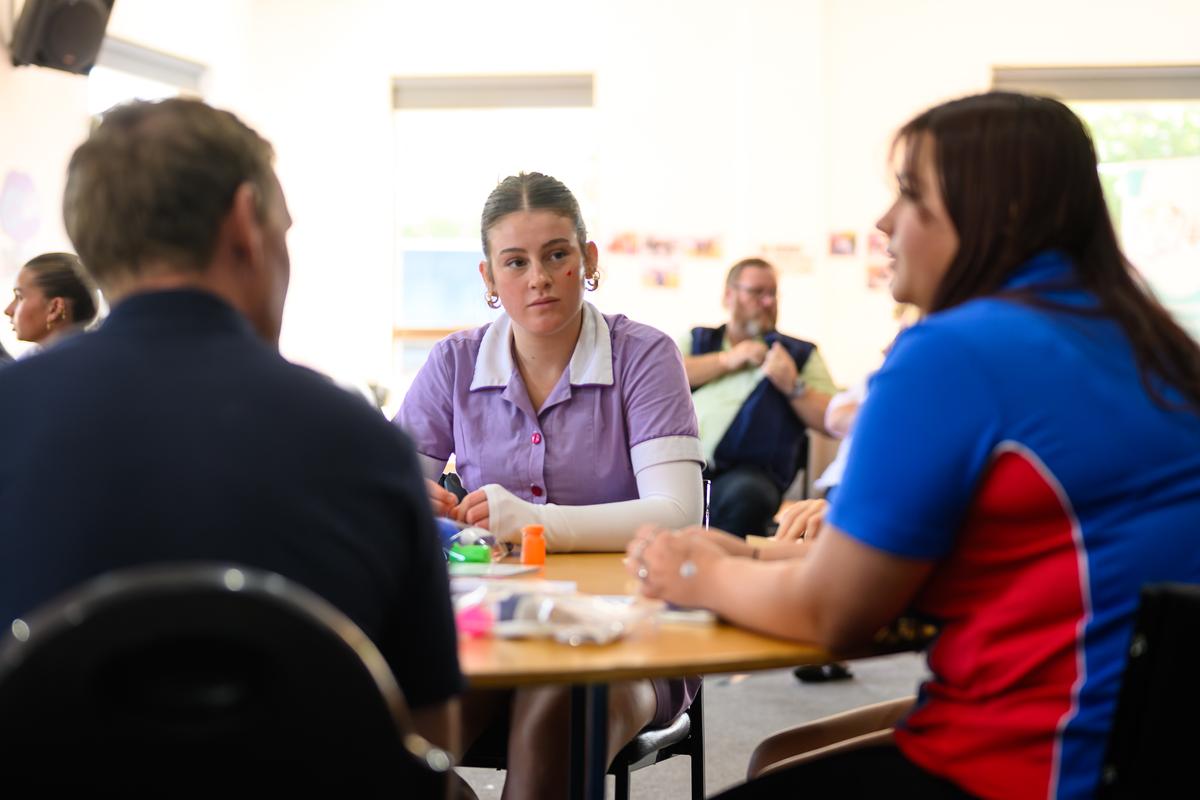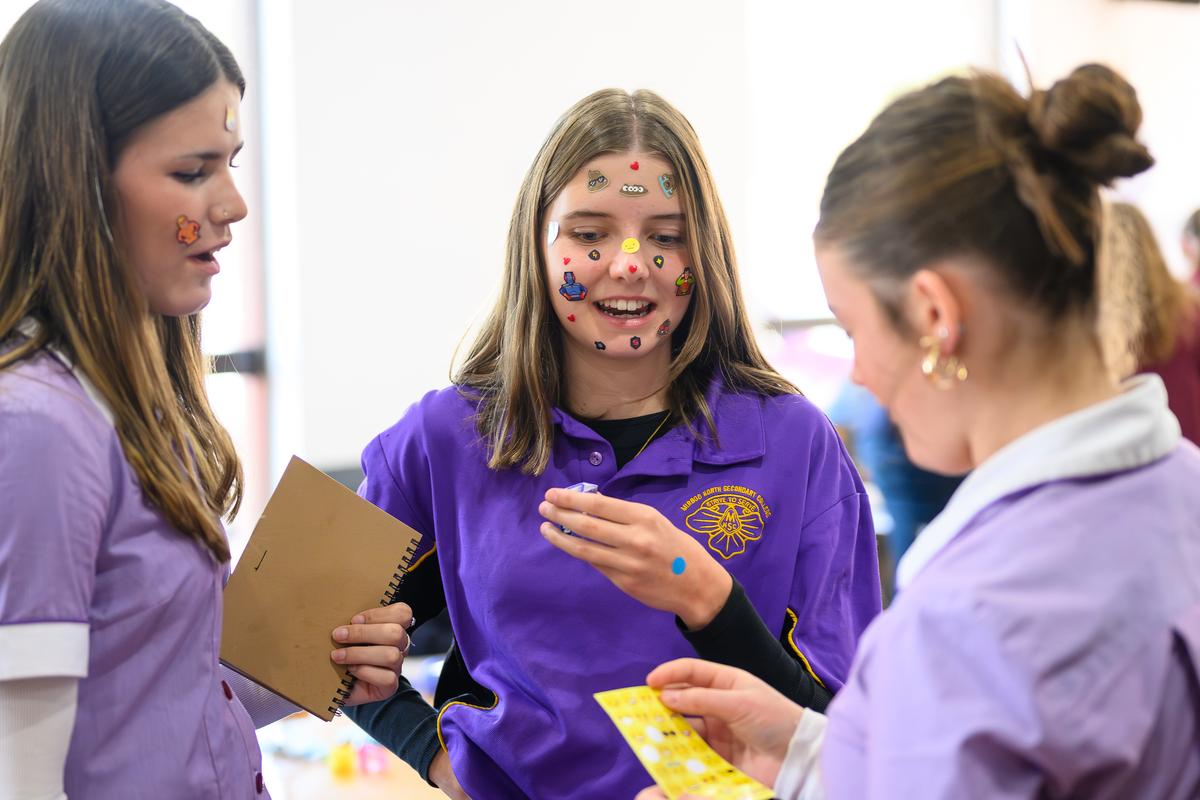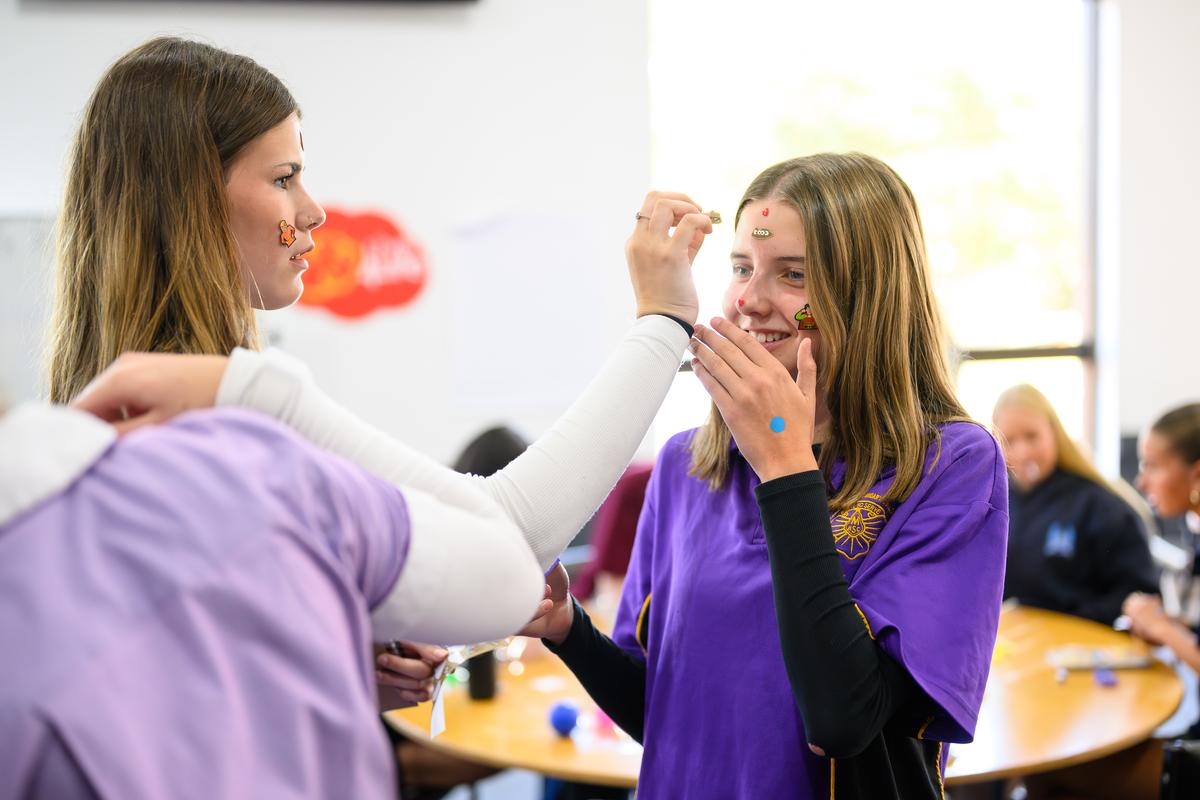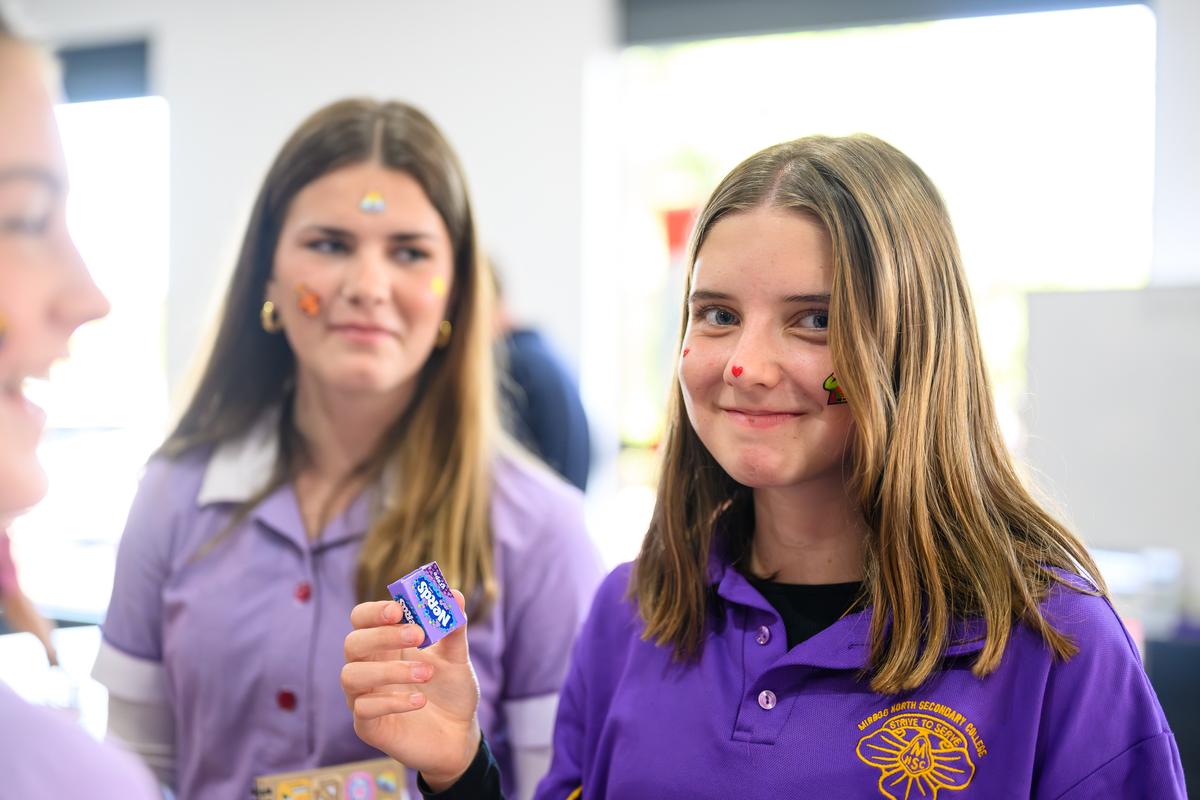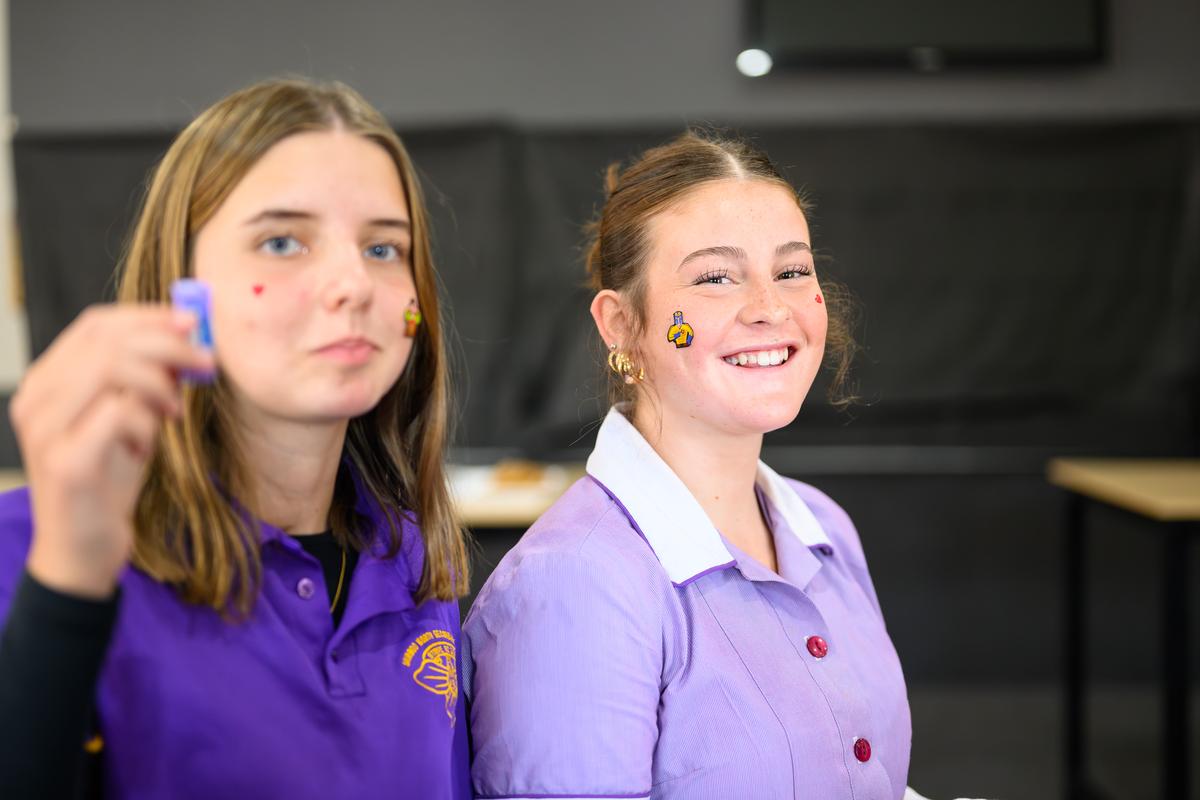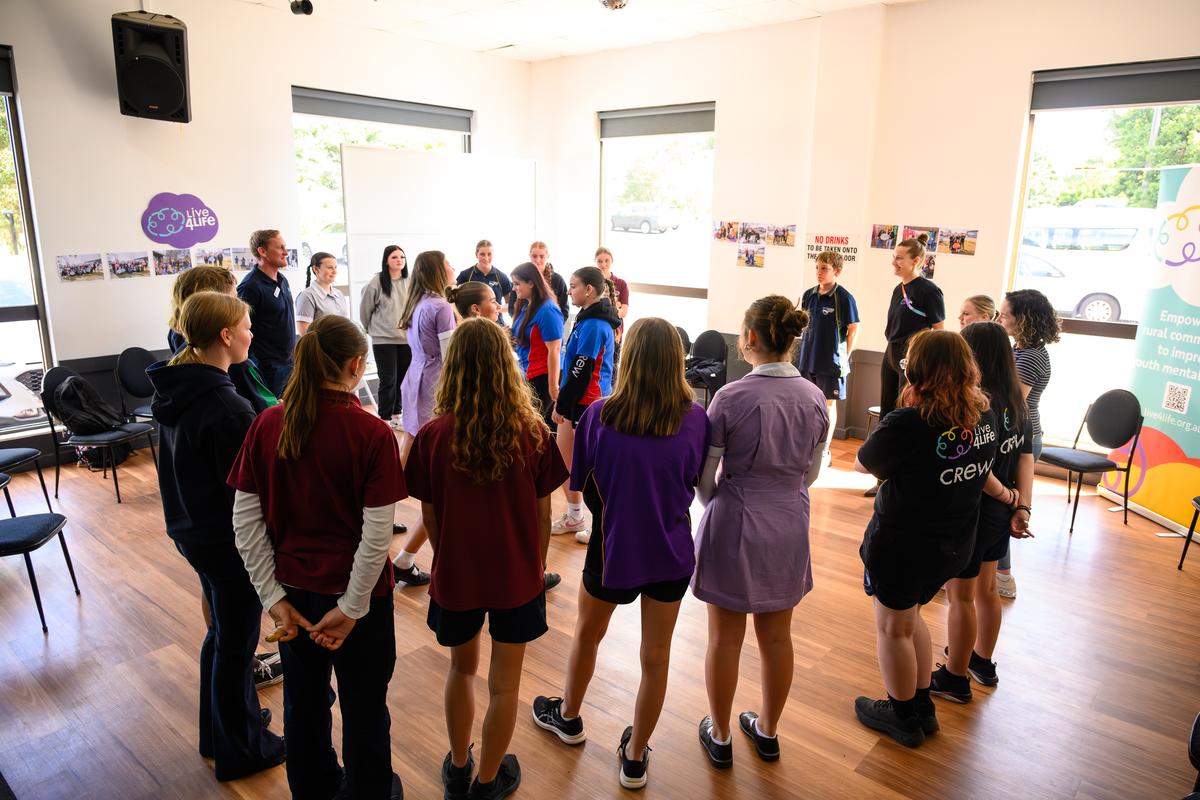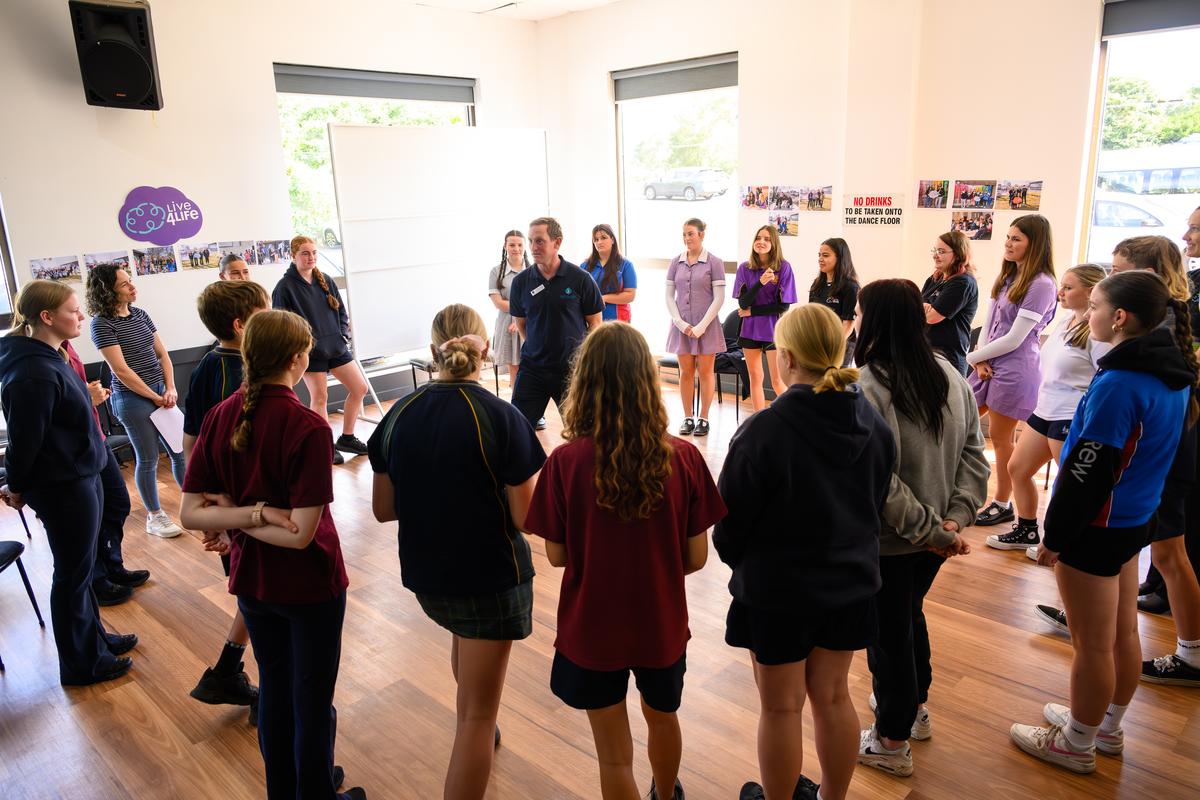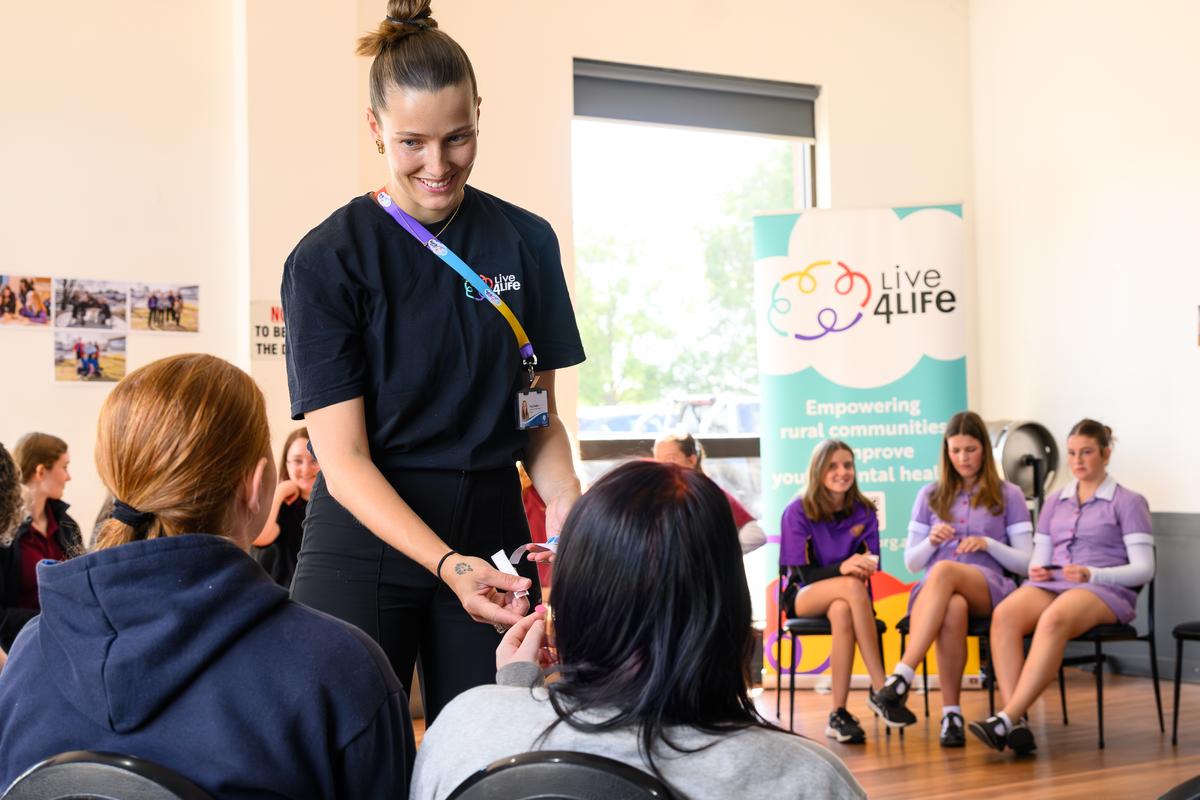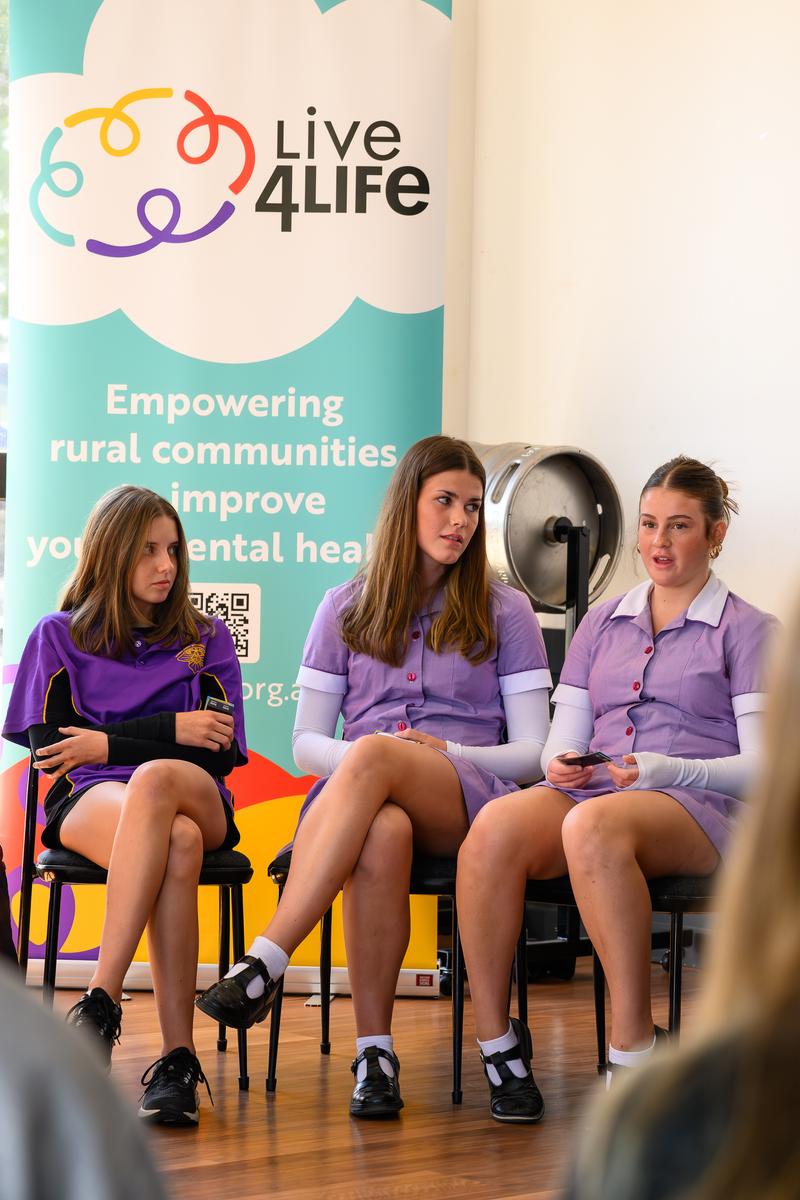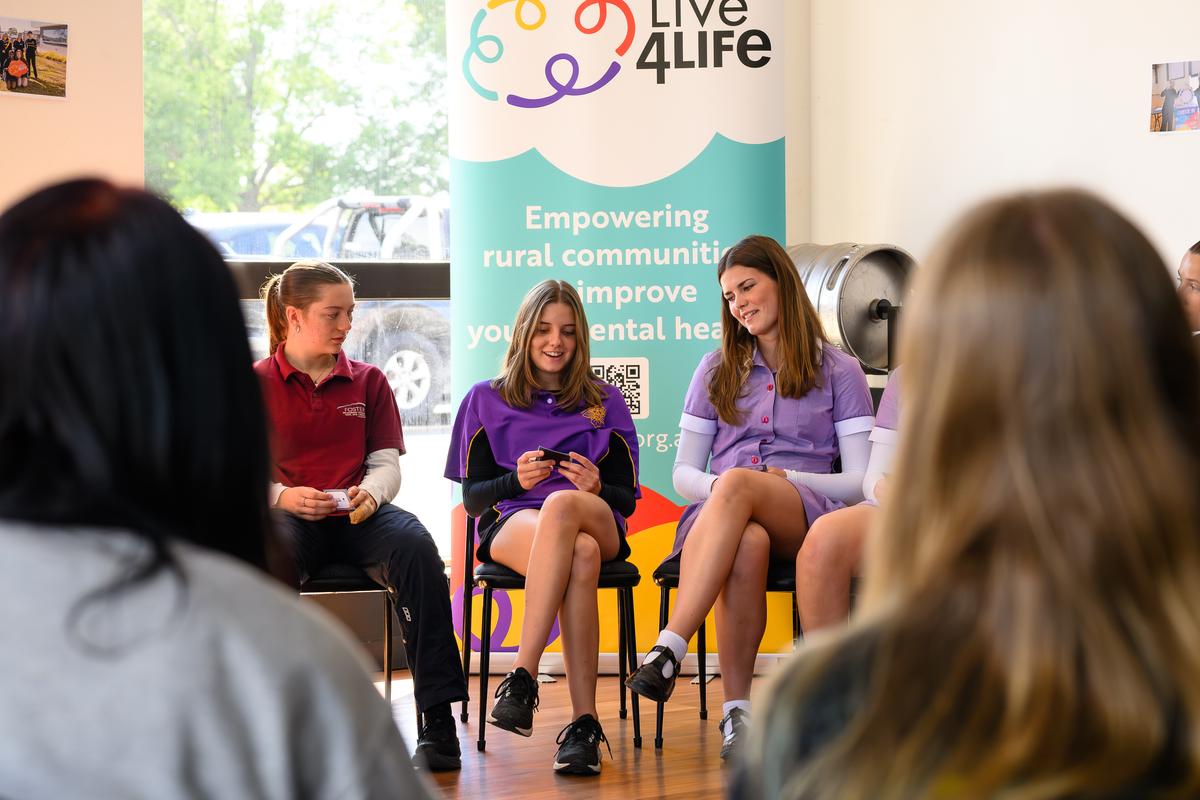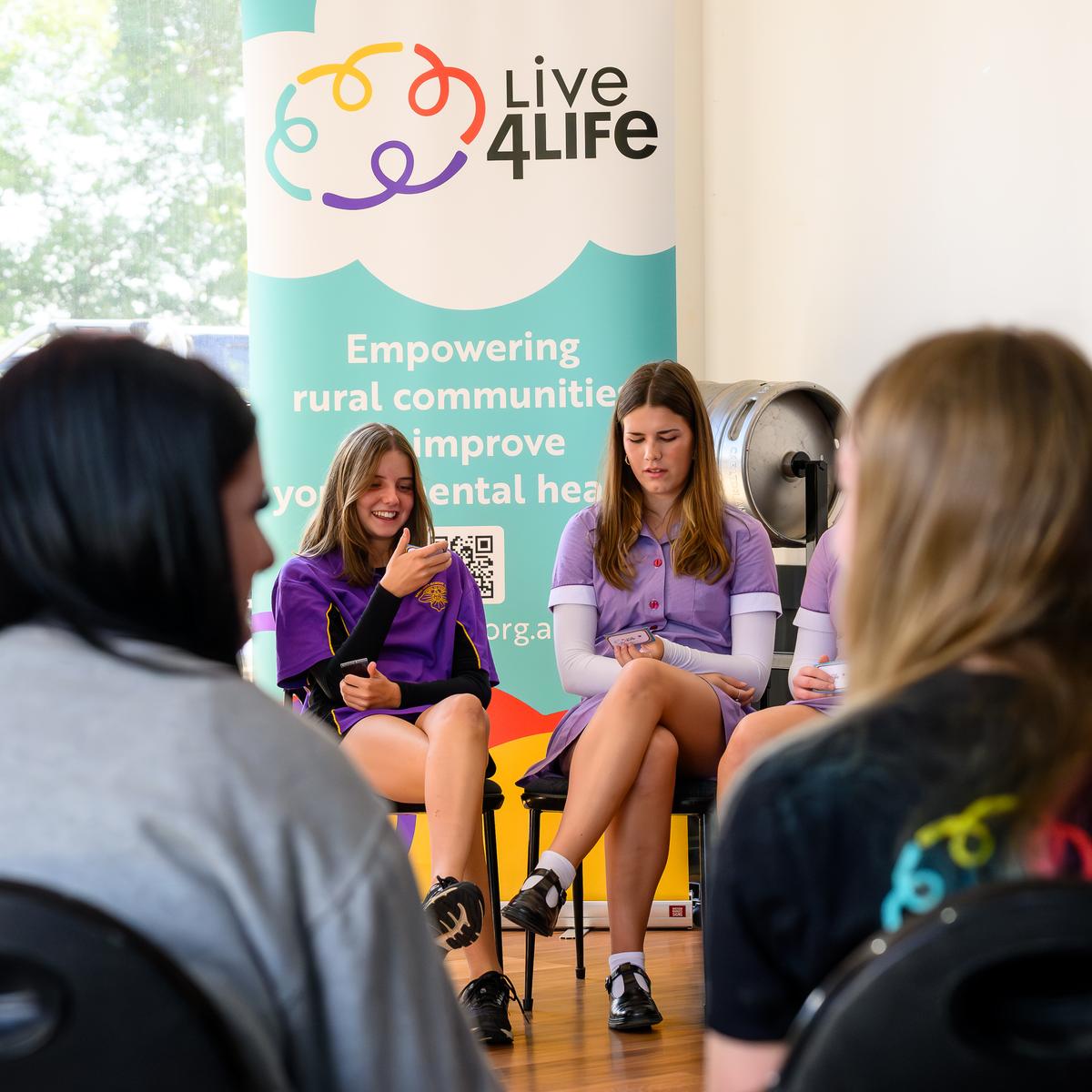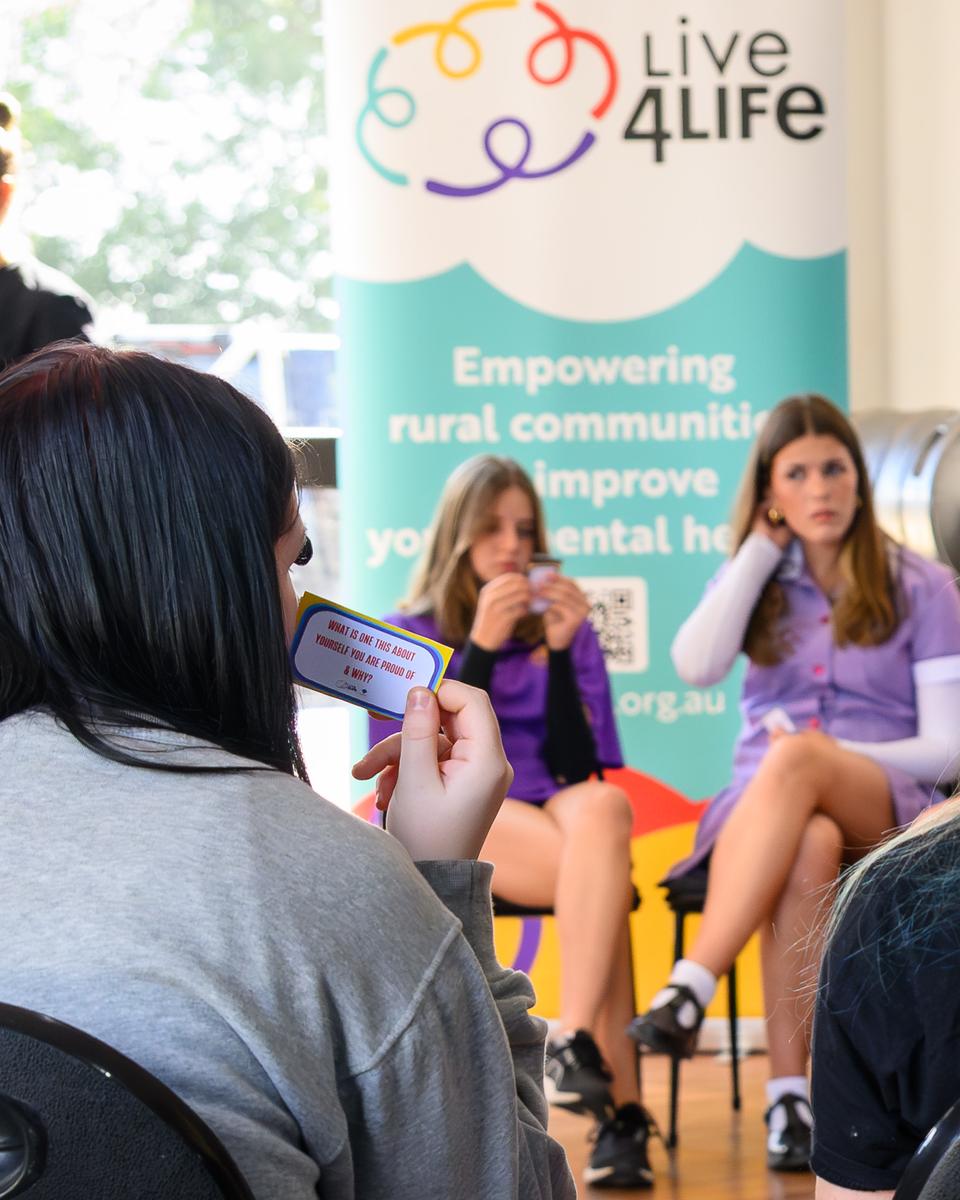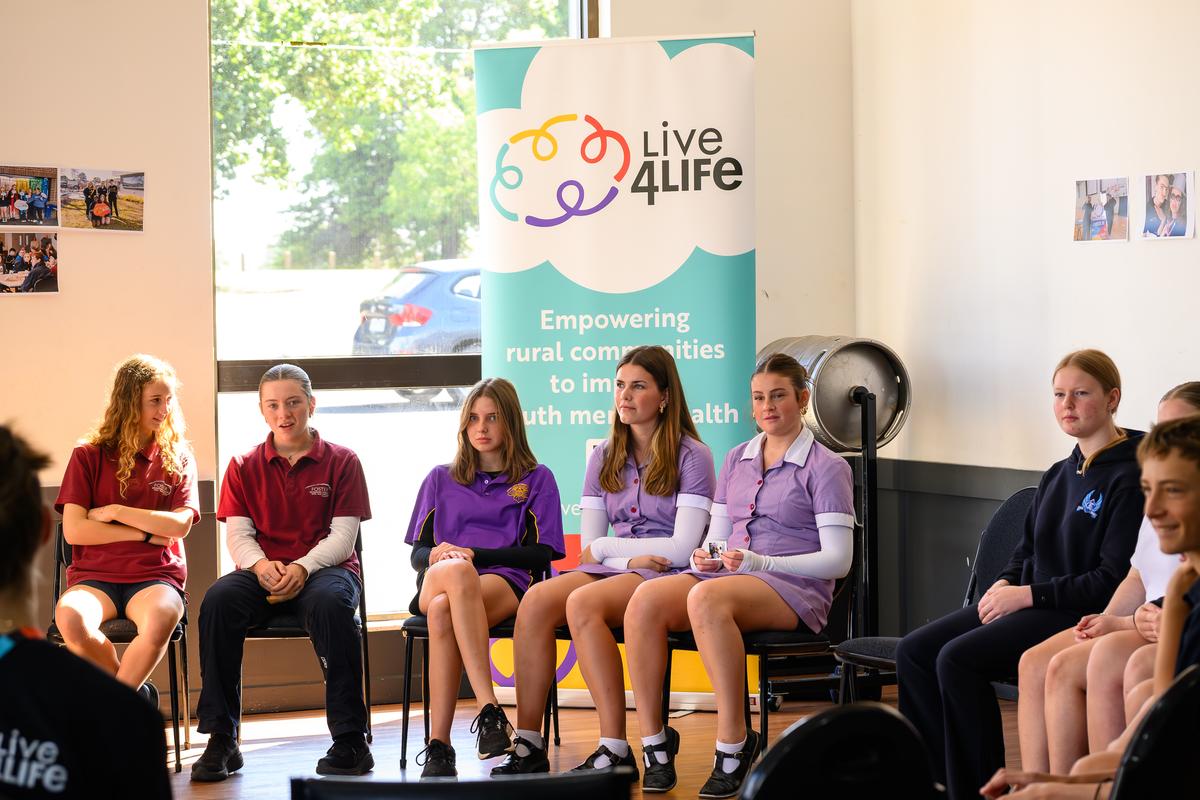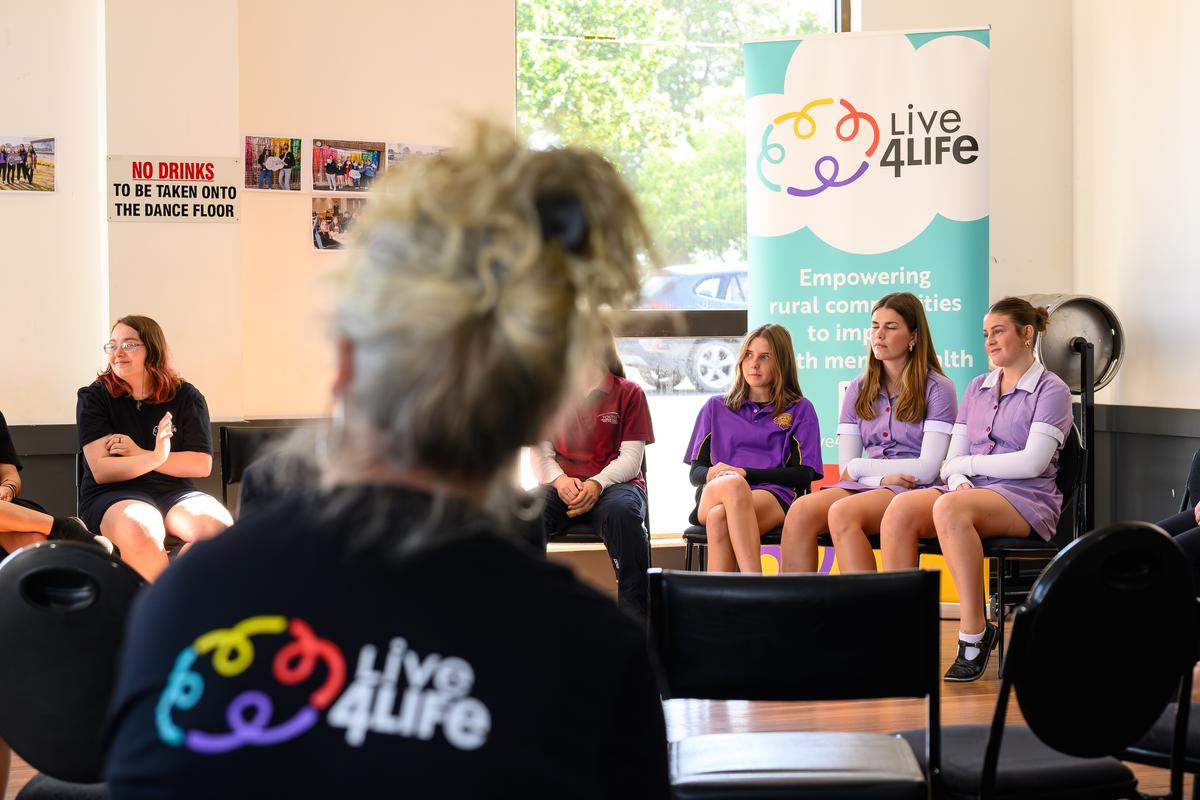Wellbeing News

Breaking Free:
Tackling Mobile Phone Addiction
Among Australian Teens
In today’s digital age, smartphones have become indispensable tools, connecting us to the world in unprecedented ways. However, for many Australian teenagers, this connectivity has spiralled into addiction, leading to significant social and emotional challenges.
The Grip of Mobile Phone Addiction
On average, Australian teens spend around seven hours daily on their mobile phones, surpassing the four-hour average of adults. This excessive usage often replaces face-to-face interactions, essential for developing robust social skills. Consequently, many teens experience feelings of isolation, anxiety, and depression. The term “nomophobia”—the fear of being without a mobile phone—has emerged to describe this modern anxiety. Symptoms include restlessness, irritability, and difficulty concentrating when separated from their devices.
Many teens spend hours on their phones instead of getting essential sleep.
Social and Emotional Consequences
The overuse of smartphones among teenagers has been linked to several adverse outcomes:
- Reduced Social Interaction: Constant engagement with phones in spare time and social settings limits opportunities for in-person communication, hindering the development of essential social skills.
- Mental Health Issues: Studies have shown a correlation between excessive smartphone use and increased rates of anxiety, depression, and low self-esteem. The pressure to remain constantly connected and the fear of missing out (FOMO) can exacerbate these feelings.
- Academic Distractions: Frequent notifications and the temptation to check social media can disrupt study routines and classroom attention, leading to decreased academic performance.
The Role of School Mobile Phone Bans
In response to these challenges, most Australian schools have implemented mobile phone bans during school hours under government direction. These measures aim to create environments conducive to learning and personal development.
A recent survey involving over 3,000 parents, staff, and students revealed significant positive outcomes following such bans. Critical incidents related to social media and device behaviour dropped by 57%, and issues involving device behaviour decreased by 38%. Additionally, 93% of school principals observed a reduction in time spent resolving device-related issues.
At Adelaide High School, the ban led to the creation of over 20 new student-driven clubs, fostering face-to-face interactions and enriching the school community. Students reported improved grades and a shift towards more meaningful social engagements.
Here at Mirboo North Secondary we work tirelessly to support the government mobile phone ban. Not just because we are mandated to, but because we truly believe that by breaking the addiction, even just during school hours, we helping our students engage and develop social skills that prepare them for success in life. “School community” is very important to us and is bigger, better and healthier without mobile phones.
Empowering Teens to Reclaim Their Time
While school policies play a crucial role, teenagers can also take proactive steps to manage their mobile phone usage outside of school:
- Setting Boundaries: Allocate specific times for phone use and sticking to them.
- Engage in Offline Activities: Participate in hobbies, sports, or clubs that don’t involve screens.
- Practice Mindfulness: Be conscious of screen time and recognise when it starts to interfere with daily life.
- Seek Support: Talk to friends, family, or counsellors about any concerns regarding phone usage.
Many of today’s teens will need a lot of support from family to break the addiction.
We don’t need to get rid of mobile phones, but striking a balance between the digital world and real-life experiences can lead to healthier social interactions and improved emotional well-being.
Year 11 XSEL day
On Tuesday the year 11 VCE cohort participated in an "XSEL Wellbeing Day", the first of 4 that we will partake in throughout the year. The purpose of these days is to help mentally prepare us for not only our VCE journey, but for life, and the challenges that might be thrown at us.
In the beginning, I was frustrated that we were missing a day of school. Six weeks into the year and I am already feeling the pressure. But, it turned out to be a fun and refreshing day.
We discussed a range of important topics including seeking help, healthy relationships, emotional literacy, gender diversity and sexual health. A key takeaway from the day was how easy it is to receive mental health support, due to Mirboo North Secondary Colleges extensive and committed wellbeing team. We are lucky to have such a supportive team! Another key takeaway was the importance of building healthy relationships throughout year 11 and 12, as these friendships will make VCE easier and more enjoyable. It is important to have a group of people who make you feel supported.
Overall, Emma, Gail, Norm, Mr Ryan and Ms Hopkins organised an informative and fun day, and I look forward to attending future XSEL wellbeing days!
Lily Smith, Year 11
Live 4 Life
We were very excited for the Live4Life Induction on Friday 21 February at Leongatha Recreation Reserve in the Football club Rooms. We have five students who have been successful in the 2025 Live 4 Life crew program. Students form Leongatha Secondary, Foster Secondary, Korumburra Secondary, and Mary Mackillop attended a whole day workshop. The students met other crew members but then had to work in a collaborative manner in coming up with the 2025 theme. The crew will help plan an individual Launch Day at their schools. The Live4Life Crew members are a community of young people passionate about mental health in rural and regional communities. The Crew members use their exceptional advocacy and leadership skills to drive change — extending their expertise as young Mental Health Ambassadors, supporting community Crew events and activities. The Crew will support the rollout of the Live4Life model — a movement of young people engaged, active and invested in the mental health education and literacy of their peers and the wider community.
